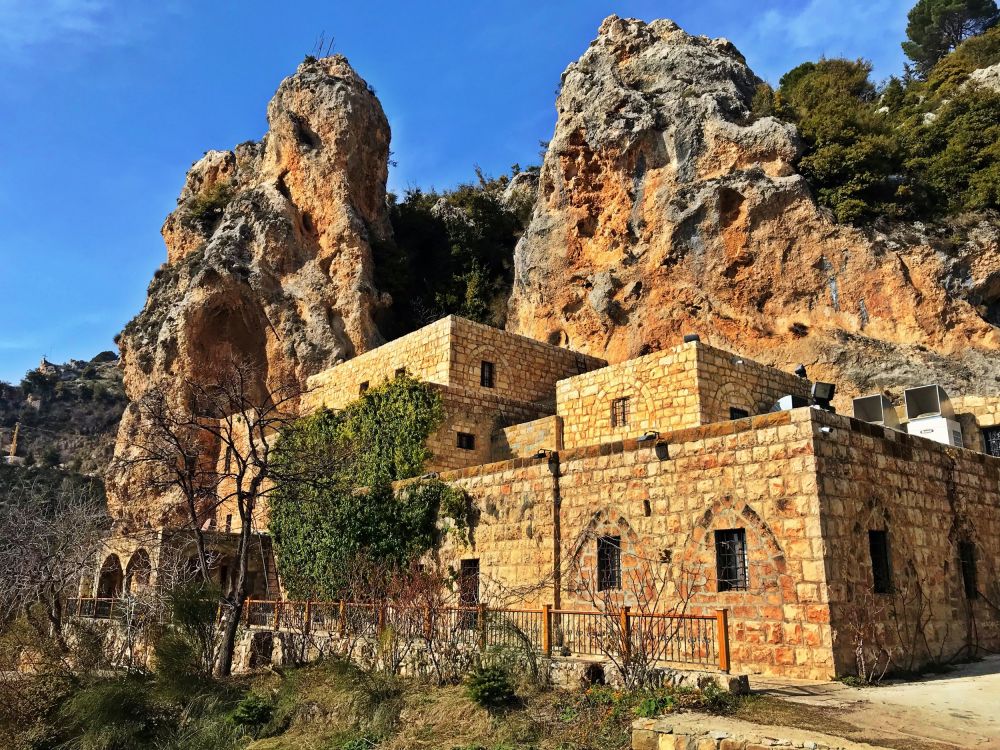

Located in the heart of Bcharre village in northern Lebanon, the Gibran Museum is dedicated to preserving the legacy of the world-renowned Lebanese-American poet, writer, and artist, Gibran Khalil Gibran. Housed in the historic Monastery of Mar Sarkis, the museum became a custodian of Gibran's works after his death in 1931, following his wish to be buried in his home country.
The Gibran Museum showcases an extensive collection of his manuscripts, letters, and personal belongings. Visitors can also admire over 440 original paintings and drawings, which offer a visual counterpart to his literary masterpieces. Gibran's most famous work, "The Prophet," has been translated into more than 100 languages, making him an international cultural figure.
The Cedars of God, a UNESCO World Heritage site, represents one of the last remnants of the extensive forests of the Lebanon cedar that once thrived across Mount Lebanon. These ancient trees have been celebrated for thousands of years, mentioned in religious texts, and prized for their high-quality timber.
The forest is not only a place of staggering natural beauty but also a symbol of the country's historical and cultural identity. Efforts to preserve and protect these majestic trees are constant, as they are a treasured element of Lebanon's natural heritage.
Tourism in Lebanon has a rich history, with the country being known as the "Switzerland of the East" during its heyday in the 1960s. Lebanon's diverse culture, beautiful landscapes, historical sites, and vibrant nightlife made it a top destination for travelers from around the world.
The Lebanese Civil War (1975-1990) greatly affected the tourism sector, but it has shown resilience and recovery in the following decades. Despite political and economic challenges, Lebanon continues to be a cultural and historical hub that attracts visitors with its breathtaking natural beauty, rich history, and culinary delights.
Despite the challenges it has faced, Lebanon remains a unique and appealing destination, rich in historical and cultural treasures that continue to draw curious travelers from around the globe.